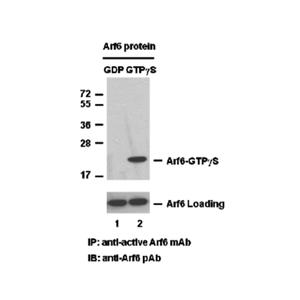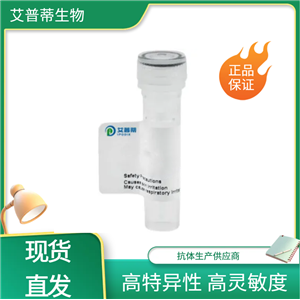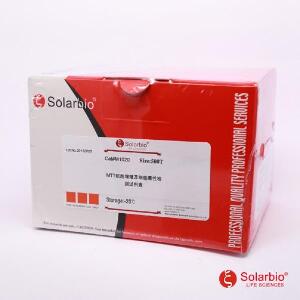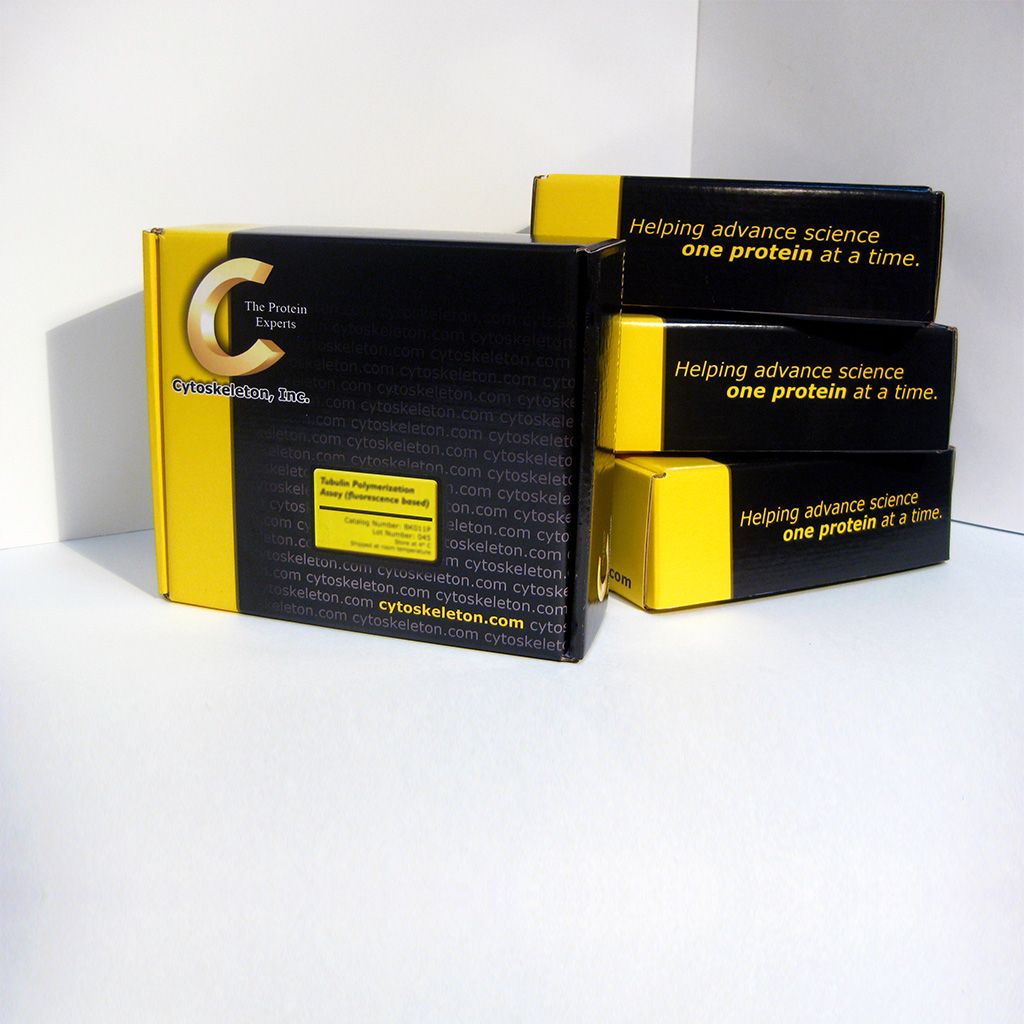Arf6 Pulldown 活化检测试剂盒
Arf6 Pulldown Activation Assay Kit
询价
20ASSAYS
起订
湖北 更新日期:2025-02-05
产品详情:
- 中文名称:
- Arf6 Pulldown 活化检测试剂盒
- 英文名称:
- Arf6 Pulldown Activation Assay Kit
- 保存条件:
- 4°C
- 产品类别:
- 试剂盒 细胞分析试剂盒
公司简介
生化试剂
| 成立日期 | (17年) |
| 注册资本 | 有限责任公司(自然人投资或控股) |
| 员工人数 | 100-500人 |
| 年营业额 | ¥ 1000万-5000万 |
| 经营模式 | 服务 |
| 主营行业 | 生化试剂,抗体,细胞培养,蛋白组学 |
Arf6 Pulldown 活化检测试剂盒相关厂家报价
-

- Arf6 Pulldown 活化检测试剂盒
- 湖北艾普蒂生物工程有限公司
- 2023-08-09
- ¥3500
-

- Arf6 活性检测试剂盒,免疫检测厂商直发
- 武汉费斯德生物科技有限公司
- 2023-04-16
- ¥6800
-

- ARF6抗体;ARF6 antibody 艾普蒂生物
- 湖北艾普蒂生物工程有限公司 VIP
- 2025-02-13
- ¥1280
-

- MTT试剂盒/细胞毒性检测试剂盒/细胞增殖检测试剂盒
- 北京索莱宝科技有限公司 VIP
- 2025-02-13
- ¥290.00
-

- 活化凝血时间(ACT)检测试剂盒(凝固法)
- 上海雅吉生物科技有限公司 VIP
- 2025-02-13
- ¥400




